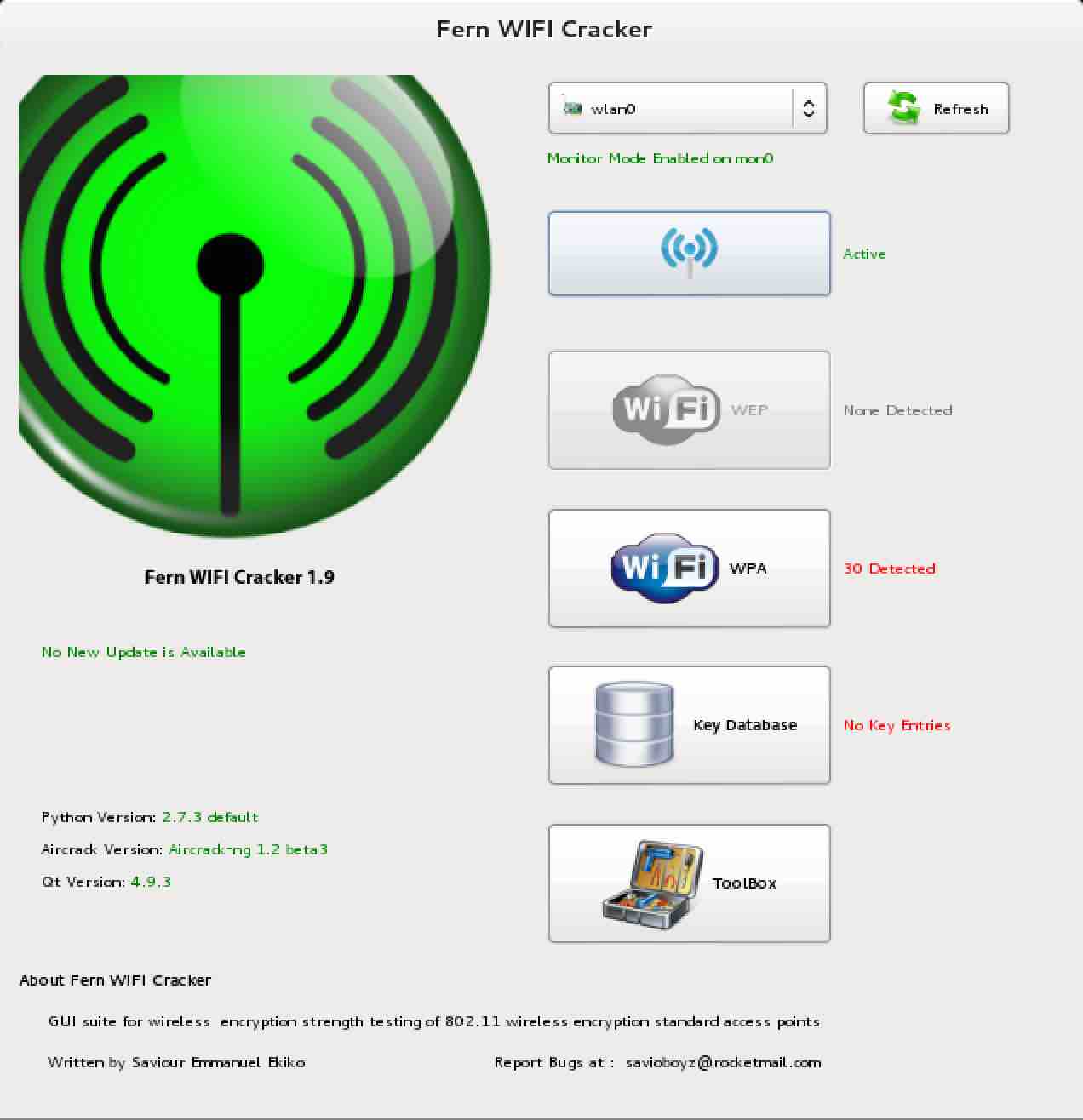

- #Ieee 802.3 media access control layer (mac) is responsible for what? full
- #Ieee 802.3 media access control layer (mac) is responsible for what? mac

#Ieee 802.3 media access control layer (mac) is responsible for what? mac
The functions described in the OSI model for the Data Link layer are assigned to the LLC and MAC sublayers. Logical Link Control - Connecting to the Upper LayersĮthernet separates the functions of the Data Link layer into two distinct sublayers: the Logical Link Control (LLC) sublayer and the Media Access Control (MAC) sublayer. The Logical Link Control (LLC) sublayer remains relatively independent of the physical equipment that will be used for the communication process. The MAC sublayer is concerned with the physical components that will be used to communicate the information and prepares the data for transmission over the media. The Data Link sublayers contribute significantly to technological compatibility and computer communications. As the figure shows, Ethernet at Layer 2 addresses these limitations. Ethernet Layer 1 performs a key role in the communication that takes place between devices, but each of its functions has limitations. Ethernet at Layer 1 involves signals, bit streams that travel on the media, physical components that put signals on media, and various topologies. The model provides a reference to which Ethernet can be related but it is actually implemented in the lower half of the Data Link layer, which is known as the Media Access Control (MAC) sublayer, and the Physical layer only. As a result, some small modifications to the original Ethernet standard were made in 802.3.Įthernet operates in the lower two layers of the OSI model: the Data Link layer and the Physical layer.Įthernet operates across two layers of the OSI model. To ensure compatibility, the IEEE 802.3 standards had to address the needs of Layer 1 and the lower portion of Layer 2 of the OSI model. The IEEE wanted to make sure that its standards were compatible with those of the International Standards Organization (ISO) and OSI model. These standards start with the number 802. In 1985, the Institute of Electrical and Electronics Engineers (IEEE) standards committee for Local and Metropolitan Networks published standards for LANs.

The first products that were developed from the Ethernet standard were sold in the early 1980s. Metcalfe wanted Ethernet to be a shared standard from which everyone could benefit, and therefore it was released as an open standard. The first Ethernet standard was published in 1980 by a consortium of Digital Equipment Corporation, Intel, and Xerox (DIX). Robert Metcalfe and his coworkers at Xerox designed it more than thirty years ago. Other specified capabilities include various PHY types for access networks, PHYs suitable for metropolitan area network applications, and the provision of power over selected twisted pair PHY types.The first LAN in the world was the original version of Ethernet. Local Area Network (LAN) operation is supported at all speeds. System considerations for multisegment shared access networks describe the use of Repeaters that are defined for operational speeds up to 1000 Mb/s. Speed specific Media Independent Interfaces (MIIs) allow use of selected Physical Layer devices (PHY) for operation over coaxial, twisted pair or fiber optic cables, or electrical backplanes.
#Ieee 802.3 media access control layer (mac) is responsible for what? full
The Carrier Sense Multiple Access with Collision Detection (CSMA/CD) MAC protocol specifies shared medium (half duplex) operation, as well as full duplex operation. Org IEEE Pubnum 802.3 Date Version Title IEEE Standard for Ethernet ApplicabilityĮthernet local area network operation is specified for selected speeds of operation from 1 Mb/s to 400 Gb/s using a common media access control (MAC) specification and management information base (MIB).


 0 kommentar(er)
0 kommentar(er)
